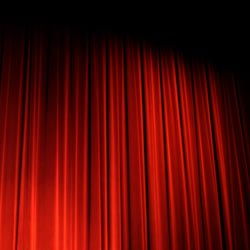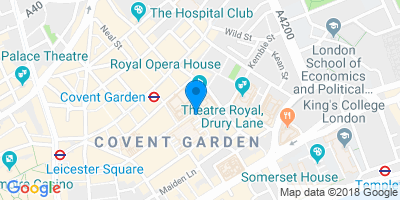
Mixed Bill - The Firebird / In The Night / Raymonda Act III
Royal Opera House
- Booking until: Friday, 11 January 2013
Mixed Bill - The Firebird / In The Night / Raymonda Act III description
The Firebird Part of a mixed programme. Good is pitted against evil in Mikhail Fokine's dramatic tale of a magical Firebird Â? a classic of 20th-century ballet.
The Firebird was Igor Stravinsky's first ballet score. It was commissioned by Serge Diaghilev for the Ballets Russes and had its premiere in 1910 at the Paris Opera. Its success marked the beginning of a fruitful collaboration between Stravinsky and Diaghilev that would also produce Petrushka and The Rite of Spring. The Royal Ballet's production uses the brilliant costumes and glittering sets of the avant-garde artist Natalia Goncharova, which were created for the Ballets Russes' production of 1926.
Both Stravinsky's score and Mikhail Fokine's choreography were groundbreaking. Fokine shifted from classical ballet towards a more realist and folk-derived style of movement, while Stravinsky incorporated elements of folk song into his music. The Firebird provides a ballerina with a dazzling role: she enters the stage in a flash of movement and the charged Dance of the Firebird is accompanied by bold choreography. The work culminates in the wedding of Prince Ivan and the Tsarevna - a scene of great pomp and ceremony, against GoncharovaÂ?s glorious cityscape of onion domes.
In The Night: Part of a mixed programme. Jerome RobbinsÂ?s ballet, accompanied by Chopin's piano nocturnes, hints at chandelier-lit ballrooms and romantic rendezvous.
Jerome Robbins's bold depiction of the varying shades of romantic love was created for New York City Ballet in 1970. The elegant costumes were designed by Anthony Dowell, who danced in The Royal Ballet's production in 1973. Three pas de deux, each choreographed to a different nocturne by Fryderyk Chopin, depict three very different kinds of relationship.
The first couple take to the stage in violet costumes and perform a flowing duet of tender expressiveness. They are followed by a couple wearing gold and rust colours, who dance a pas de deux of restraint and elegance. The final duet provides a tumultous counterpoint: the ballerina, dressed in a dark dress, swings between explosive anger and desperate entreaty, as she and her partner are caught in a pattern of dispute and reconciliation. The finale brings all six dancers to the stage, concluding this beautiful and complex portrait of loveÂ?s twists and turns.
Raymonda Act III Part of a mixed programme. The final act of Raymonda contains some of the greatest choreography in Russian ballet and was adapted by Rudolf Nureyev.
Raymonda was created by Marius Petipa in 1898 for the Mariinsky Theatre in St Petersburg. It contains some of his most spectacular choreography and a magnificent score by Alexander Glazunov, full of spirited rhythms and lilting waltzes - George Balanchine called it 'some of the finest ballet music we have'. Rudolf Nureyev had an intimate knowledge of Raymonda: he performed in the ballet as a young dancer with the Kirov Theatre and staged a full-length version for The Royal Ballet in 1964, reviving many of the dances from memory.
ureyev presented an adapted version of Act III at Covent Garden in 1969. Against an opulent setting created by Barry Kay, a Hungarian folkdance opens the wedding celebrations for a ballerina and her cavalier. A lively male pas de quatre is followed by the famous grand pas hongrois, which contains ensembles for all 10 dancers, who wear radiant white costumes. Act III of Raymonda was performed as part of a tribute to Nureyev at the Royal Opera House in 2003.

